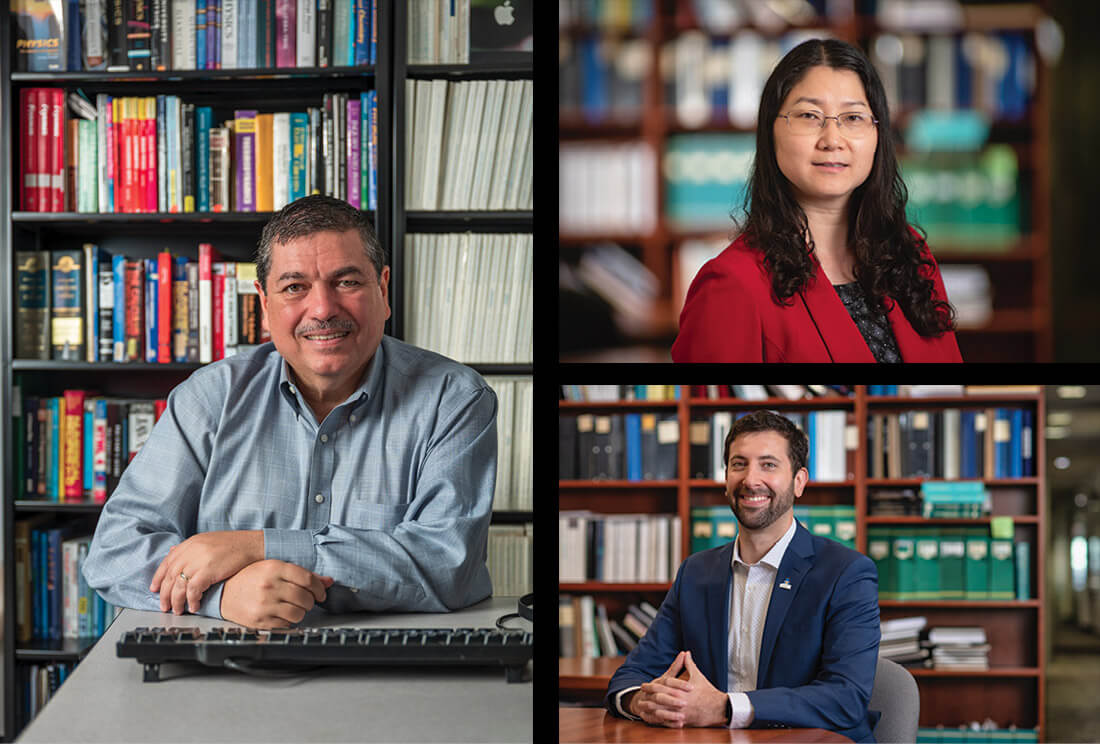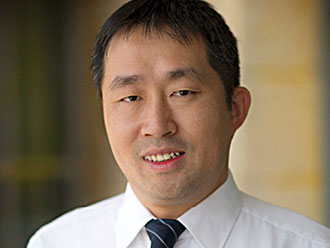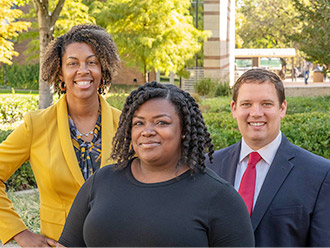Photo by Barcroft Media / Getty Images
In march 1989,a powerful explosion rocked the surface of the sun. Moments later, a billion-ton cloud of gas began hurtling toward Earth. When the particles crashed into our magnetic field, they triggered brilliant auroras—also known as northern lights—and one of the most severe geomagnetic storms in modern times.
That solar storm generated electrical currents in the ground beneath much of North America, tripping circuit breakers. Millions of people in northeastern Canada lost power. A blackout blanketed Quebec, shutting down businesses, schools, airports, and subways. Power transformers in New Jersey melted.
If a similarly powerful storm struck today, the consequences likely would be even more damaging. In addition to long-lasting power outages, communications satellites could be disabled, telecommunications cables destroyed, and GPS signals tangled.
Yet scientists say it is impossible to predict when the next major storm will strike Earth. We can, however, improve our forecasting, and that’s exactly what physicists at The University of Texas at Arlington are doing through their research on strengthening space weather models and boosting our understanding of space weather events.
“Space weather forecasting is about 50 years behind terrestrial weather forecasting,” says physics Assistant Professor Dan Welling. “Fortunately, we are making enormous strides in building more sophisticated space weather models needed to protect our infrastructure.”
With a cadre of renowned space physicists, UTA is forging a leading role in space weather research. Scientists have earned millions of dollars in research grants and important professional accolades, reflecting UTA’s commitment to data-driven discovery, one its four strategic pillars.
“UTA has solidified its role as a key player in the field of space physics,” says Alex Weiss, professor and chair of the Physics Department. “Our scientists are helping to unravel the mysteries of how extreme space weather events affect the Earth’s atmosphere, which is directly related to the safety and security of our communities.”
Predicting Solar Flares
When a solar flare erupts on the sun, it sends charged particles barreling through the universe. Three days and 100 million miles later, the particles reach Earth, where they rattle the magnetic field.
Physics Professor Yue Deng is leading a national effort to develop a space weather simulator capable of predicting how energy is distributed in the upper atmosphere during such events.
“Space weather is very important to society’s infrastructure, but there is still much we do not know,” she says. “This is an important opportunity to improve our ability to predict space weather’s effects with much higher accuracy and detail.”
For the project, Dr. Deng assembled a team of scientists from across the country, including the University of California at Los Angeles, Johns Hopkins University, the Massachusetts Institute of Technology, the University of Colorado at Boulder, the University of New Mexico, and UT Dallas. The team won a $7.3 million grant from the Department of Defense’s Multidisciplinary University Research Initiative to fund its work.
The goal is to better predict density, momentum, and energy distributions during space weather events in the upper atmosphere to an accuracy of 1 degree longitude and 1 degree latitude—about 62 miles in each direction.
Current estimates of the energy entering the upper atmosphere during times of greatest solar output can be off by 100%. That in turn can throw off the models used to predict trajectories and track neutral density in a specific region by up to 30%, wreaking havoc on GPS and communications systems.

Clockwise from left: Ramón López, Yue Deng, and Dan Welling are focused on predicting and measuring space weather.
To improve modeling, Deng studies weather events on a smaller scale, both spatially and temporally, while combining new techniques with current knowledge and models. Previously, she helped develop the Global Ionosphere-Thermosphere Model, which yields a 3D look at how electrodynamic energy from solar winds influences the Earth’s upper atmosphere.
Ultimately, this work could help operators of satellites, communications systems, air traffic radar, and electricity grids know how to best protect their systems from solar flares or coronal mass injections, in which the sun releases an avalanche of electrons and protons.
“We hope to one day be able to accurately predict solar weather events,” Deng says. “If not properly anticipated, solar flares and coronal mass injections can disrupt a number of critical systems worldwide, from our defense satellites to flight programs.”
Measuring Space Storms
How scientists measure space storms is a critical piece of the puzzle. Physicists have long relied on what is called the disturbance storm time index (Dst) to evaluate the strength of the current around Earth caused by solar wind energy entering the magnetosphere. Now, Professor Ramón López is working to develop a new, more relevant classification system for geomagnetic storms.
“Measuring changes to the geomagnetic field is critical to understanding these storms,” Dr. López says. “With our current classification system, we do not have the full picture of what is happening.”
Solar winds move from the sun to Earth’s upper atmosphere, unleashing a torrent of energy. López is particularly interested in storms where large amounts of energy are dissipated in the ionosphere, because activity there can have significant consequences on space weather. (The ionosphere is the layer of the Earth’s atmosphere about 40 miles to 600 miles above the surface.)
Studying past real-life space weather events, he uses computer simulations to create a comprehensive model that illustrates the transfer of energy related to the solar wind.
“Our current models do a fine job of measuring the size of small storms. But there is a disconnect that occurs with large-scale storms, and that is what we are addressing,” López says. “A more relevant measure than Dst would help us better understand how these storms affect our technology on Earth.”
Simulating Weather Sequences
In 1972, U.S. military pilots flying in North Vietnam witnessed something unexpected—more than two dozen sea mines suddenly, and without reason, exploded in the water.
Scientists later concluded that the explosions were likely triggered by a solar storm that also caused widespread electrical and communication disturbances throughout North America. Today, using data from that event, Dr. Welling is piecing together a picture of the storm through simulation.
UTA is a true powerhouse for space-related research, helping to drive critical discoveries that will have a lasting impact.
“The big challenge with space weather is observation. In terrestrial weather, we have instruments everywhere to measure rainfall, wind velocity, and temperature,” he says. “In space weather, we have some instruments on the ground to measure the effects of the magnetic field and a handful of satellites in space at a time. It’s much more difficult to get a clear picture of solar wind conditions.”
To overcome the challenge, Welling runs hundreds of simulation sequences, then develops inferences. Further, he studies worst-case scenarios. For example, he is currently completing a project with Los Alamos National Laboratory in New Mexico to determine which regions of the world—and specifically, which power grids—would be the most vulnerable to a major solar storm.
“We essentially study little perturbations that can be big trouble for a power grid,” he says. “Working alongside geologists, we use characteristics of electrical conductivity in the ground to determine which areas are most at risk.”
Covering the Space Spectrum
UTA’s space-related research doesn’t end at weather. Faculty from across campus are studying various issues important to our understanding of the universe.
For example, over the past year, Purnendu “Sandy” Dasgupta, the Hamish Small Chair in Ion Analysis, engineered a device that collects drops of liquid as it travels through space and analyzes the content for conditions that support life, while bioengineering Professor Hanli Liu launched a project to improve memory and cognitive function in astronauts during space missions by directing light onto their brains.
More recently, an international team of astrophysicists that includes physics Professor Zdzislaw Musielak found the first verified presence of confined “pseudo-shocks” around a sunspot. The discovery could help explain longstanding questions about the reasons for the vast difference in temperature between the sun’s surface and its corona, the outermost part of its atmosphere.
Morteza Khaledi, dean of the College of Science, believes the work of these scientists and engineers demonstrates the University’s impressive breadth of expertise in space-related research.
“UTA is a true powerhouse for space-related research, helping to drive critical discoveries that will have a lasting impact,” Dr. Khaledi says. “The work of our scientists has the potential to transform not only our understanding of the universe, but also how Earth fits into this incredibly complex picture.”


